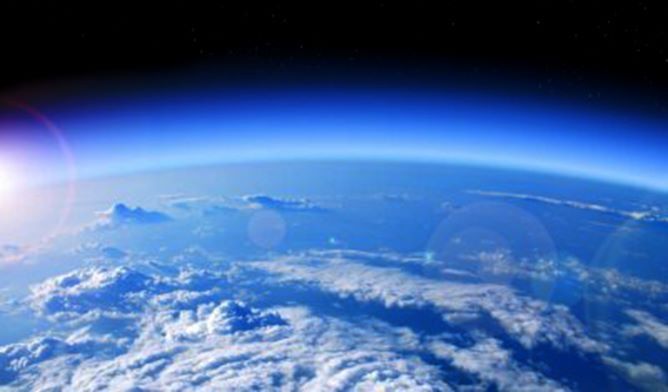Encouraging regeneration of ozone layer recorded
The Northern Hemisphere's Arctic and mid-latitudes are predicted to fully recover by around 2035, followed by the Southern Hemisphere's mid-latitudes by the middle of the century, and the Antarctic region by 2060.





